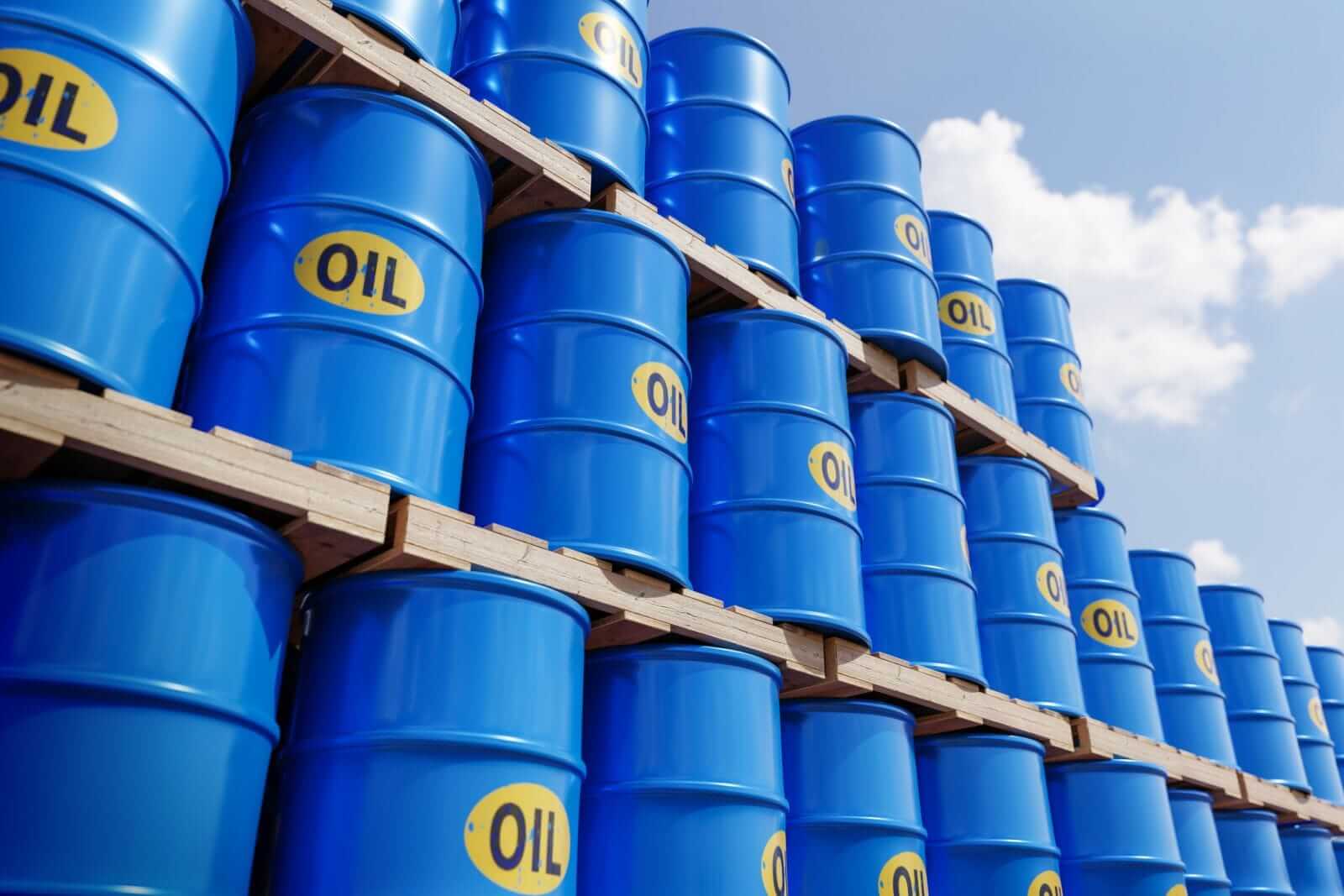
June WTI crude oil (CLM25) today is down -1.82 (-2.86%), and May RBOB gasoline (RBK25) is down -0.0265 (-1.27%).
Crude oil and gasoline prices today fell back from 2-1/2 week highs and are sharply lower. Today's stronger dollar is bearish for energy prices.
Crude also came under pressure today after Kazakhstan's energy minister said it wouldn't cut its crude production levels and will prioritize national interests over those of OPEC+ when deciding on oil production levels, which risks angering Saudi Arabia. Saudi Arabia could boost its crude production to reduce crude prices and punish those OPEC+ members that produce above their assigned limits, further flooding the global markets with crude.
Losses in crude oil deepened today after Reuters reported that several OPEC+ members would suggest accelerating oil output hikes in June for a second consecutive month. OPEC+ members will meet on May 5 to discuss the June output plan.
Crude prices today initially opened higher on signs of easing of US-China trade tensions, which would support economic growth and energy demand. Crude prices also found support from today's bullish weekly EIA inventory report.
Crude oil prices have recently been undercut by the chance of a US-Iran nuclear deal that would reduce or eliminate export restrictions on Iranian crude oil exports. Iran's foreign minister said his country had a "better understanding" with the US after Saturday's talks on Iran's nuclear program. The talks will resume on Wednesday in Oman.
An increase in crude oil held worldwide on tankers is bearish for oil prices. Vortexa reported Monday that crude oil stored on tankers that have been stationary for at least seven days rose by +19% w/w to 78.19 million bbl in the week ended April 18, the highest in 8 months.
Crude prices have been on the defensive this month and sank to a 4-year low on April 9. Tariff turmoil is weighing energy prices on concerns about weaker global economic growth and energy demand even after President Trump paused his reciprocal tariffs last Wednesday. Meanwhile, all the other previously announced Trump tariffs remain in place.
Stronger crude demand in China, the world's largest crude importer, supports oil prices. Reuters reported last Monday that China's Mar crude imports rose to 12.1 million bpd, the highest since August 2023.
Crude prices have a negative carryover from April 3, when OPEC+ said it would boost crude production in May by 411,000 bpd, much more than the +138,000 bpd of crude production it added this month. OPEC+ is boosting output to reverse the 2-year-long production cut, gradually restoring a total of 2.2 million bpd of production. OPEC+ had previously planned to restore production between January and late 2025, but now that production cut won't be fully restored until September 2026. OPEC Mar crude production rose +80,000 bpd to a 13-month high of 27.43 million bpd.
Crude oil found support when the US Treasury Department's Office of Foreign Assets Control on March 20 sanctioned a China-based oil refinery and 19 entities and vessels tied to shipping Iranian crude oil. The US is applying pressure to Iranian crude exports after President Trump recently sent a letter to Iran's Supreme Leader Ali Khamenei that said Iran has a two-month deadline to reach a new nuclear deal. According to Rystad Energy A/S, a maximum-pressure campaign could remove as much as 1.5 million bpd of Iranian crude exports from global markets, a bullish factor for crude.
Crude prices are being supported by tensions in the Middle East, which could lead to disruption of crude supplies from the region. Israel continues to launch airstrikes across Gaza, ending a nearly two-month ceasefire with Hamas, and Israeli Prime Minister Netanyahu vowed to act "with increasing military strength" to free hostages and disarm Hamas. In addition, the US has launched strikes on Yemen's Houthi rebels, and Defense Secretary Hegseth said strikes would be "unrelenting" until the group stops attacking vessels in the Red Sea.
In a supportive factor for crude oil prices, the US on January 10 imposed new sanctions on Russia's oil industry that could curb global oil supplies. The measures targeted Gazprom Neft and Surgutneftgas, which exported about 970,000 bpd of Russian crude in the first 10 months of 2024, accounting for about 30% of its tanker flow, according to Bloomberg data. The US also targeted insurers and traders linked to hundreds of tanker cargoes. Russian oil product exports in March rose to a 5-month high of 3.45 million bpd, according to data compiled by Bloomberg from analytics firm Vortexa. Weekly vessel-tracking data from Bloomberg showed Russian crude exports fell by -40,000 bpd w/w to 3.13 million bpd in the week to April 13.
Today's weekly EIA report was supportive of crude and products. EIA crude inventories rose +244,000 bbl, a smaller build than expectations of +1.55 million bbl. Also, EIA gasoline supplies fell -4.48 million bbl, a larger draw than expectations of -1.4 million bbl as US gasoline demand surged. US gasoline demand in the week ended April 18 rose +11.3% w/w to a 6-month high of 9.4 million bpd. In addition, EIA distillate stockpiles fell -2.35 million bbl, a larger draw than expectations of -650,000 bbl.
Today's EIA report showed that (1) US crude oil inventories as of April 18 were -5.3% below the seasonal 5-year average, (2) gasoline inventories were -2.5% below the seasonal 5-year average, and (3) distillate inventories were -13.1% below the 5-year seasonal average. US crude oil production in the week ending April 18 was unchanged w/w to 13.46 million bpd, modestly below the record high of 13.631 million bpd from the week of December 6.
Baker Hughes reported last Thursday that active US oil rigs in the week ending April 18 rose +1 to 481 rigs, moderately above the 3-year low of 472 rigs posted on January 24. The number of US oil rigs has fallen over the past two years from the 4-1/2 year high of 627 rigs posted in December 2022.
On the date of publication, Rich Asplund did not have (either directly or indirectly) positions in any of the securities mentioned in this article. All information and data in this article is solely for informational purposes. For more information please view the Barchart Disclosure Policy here.






